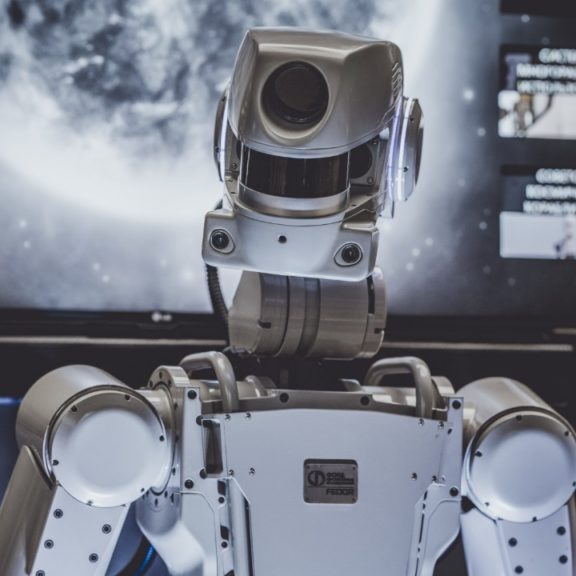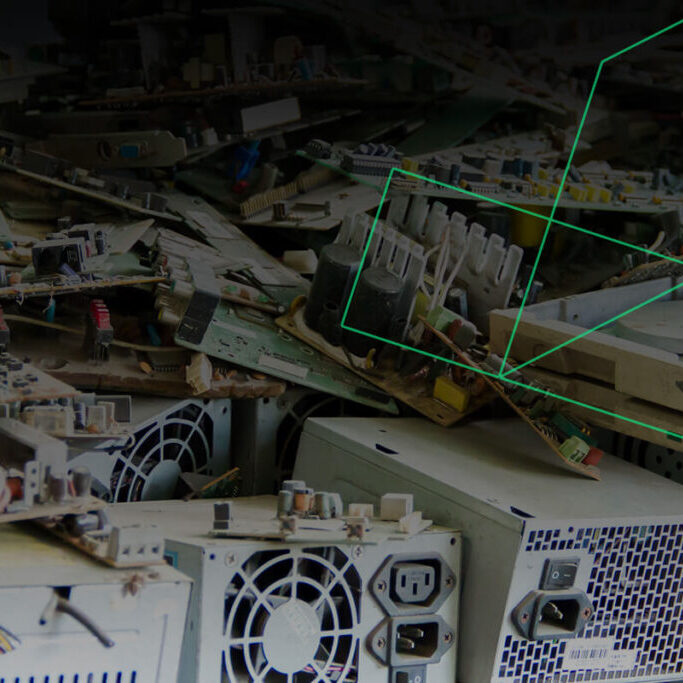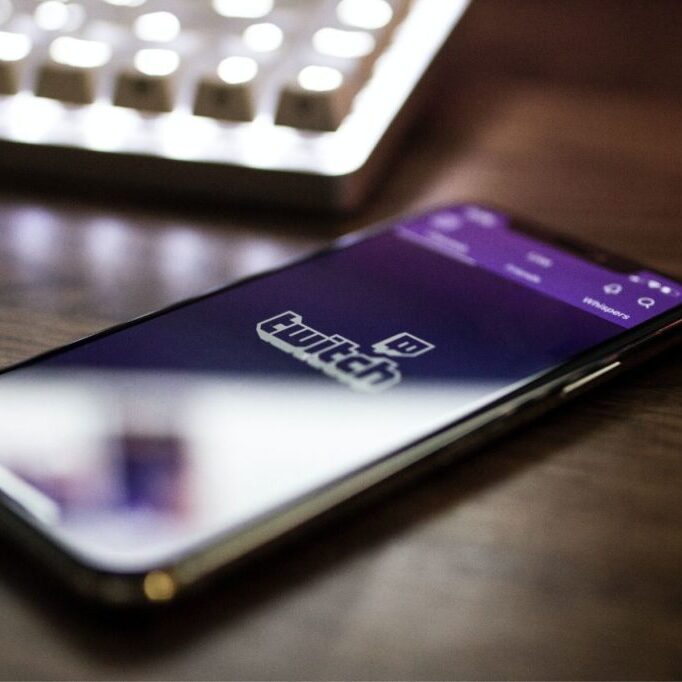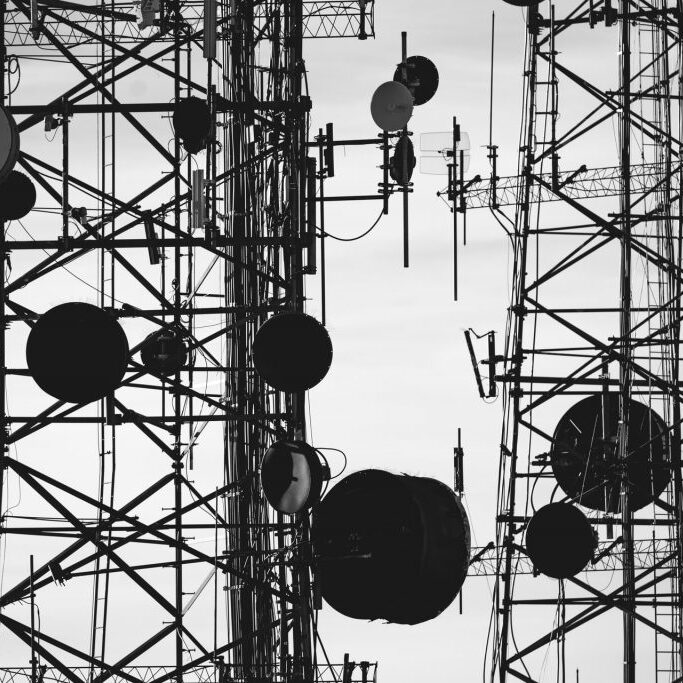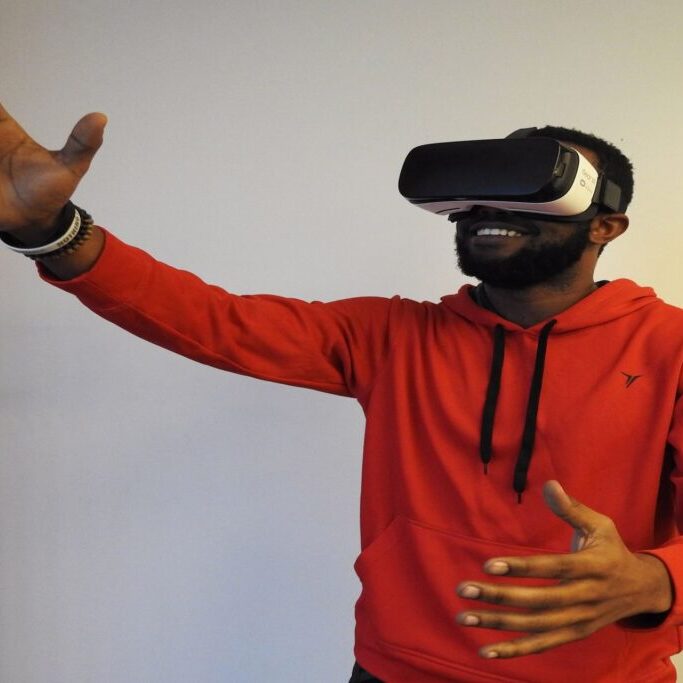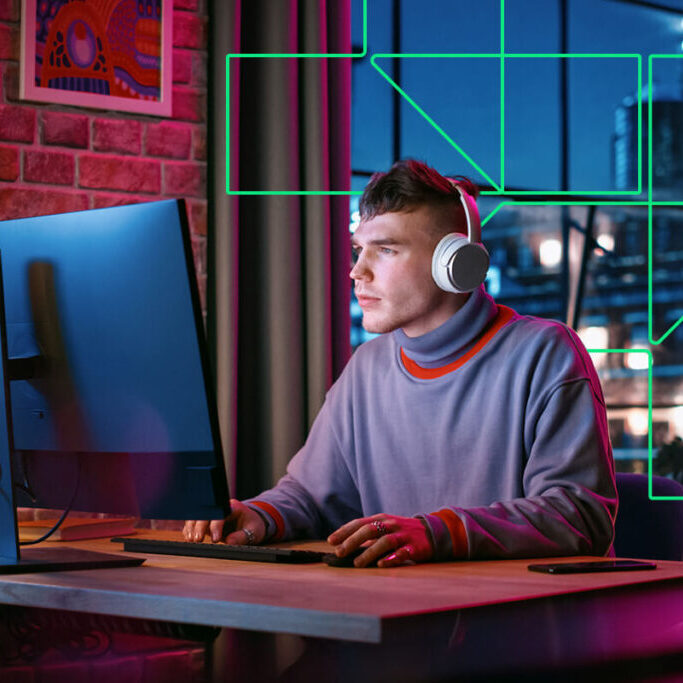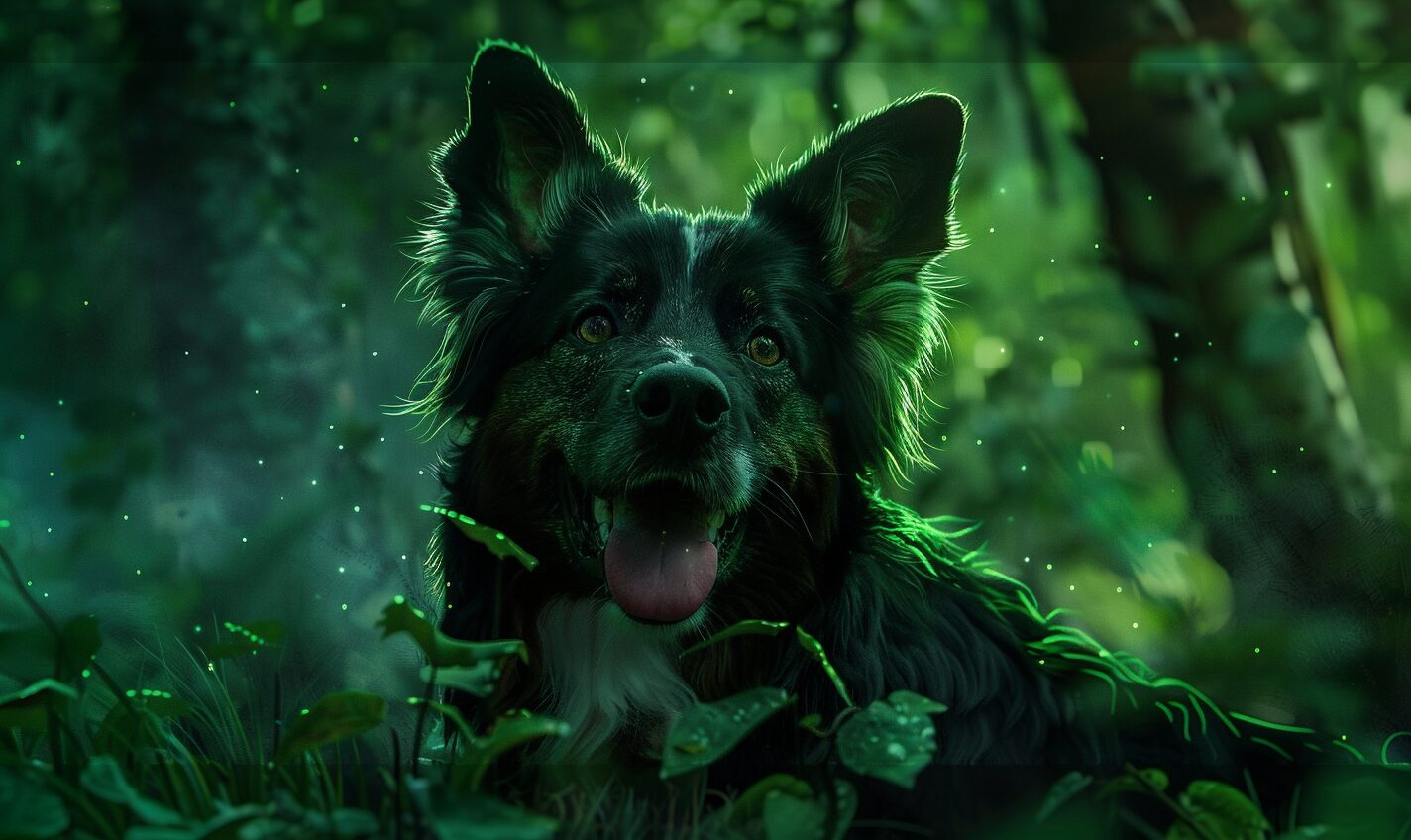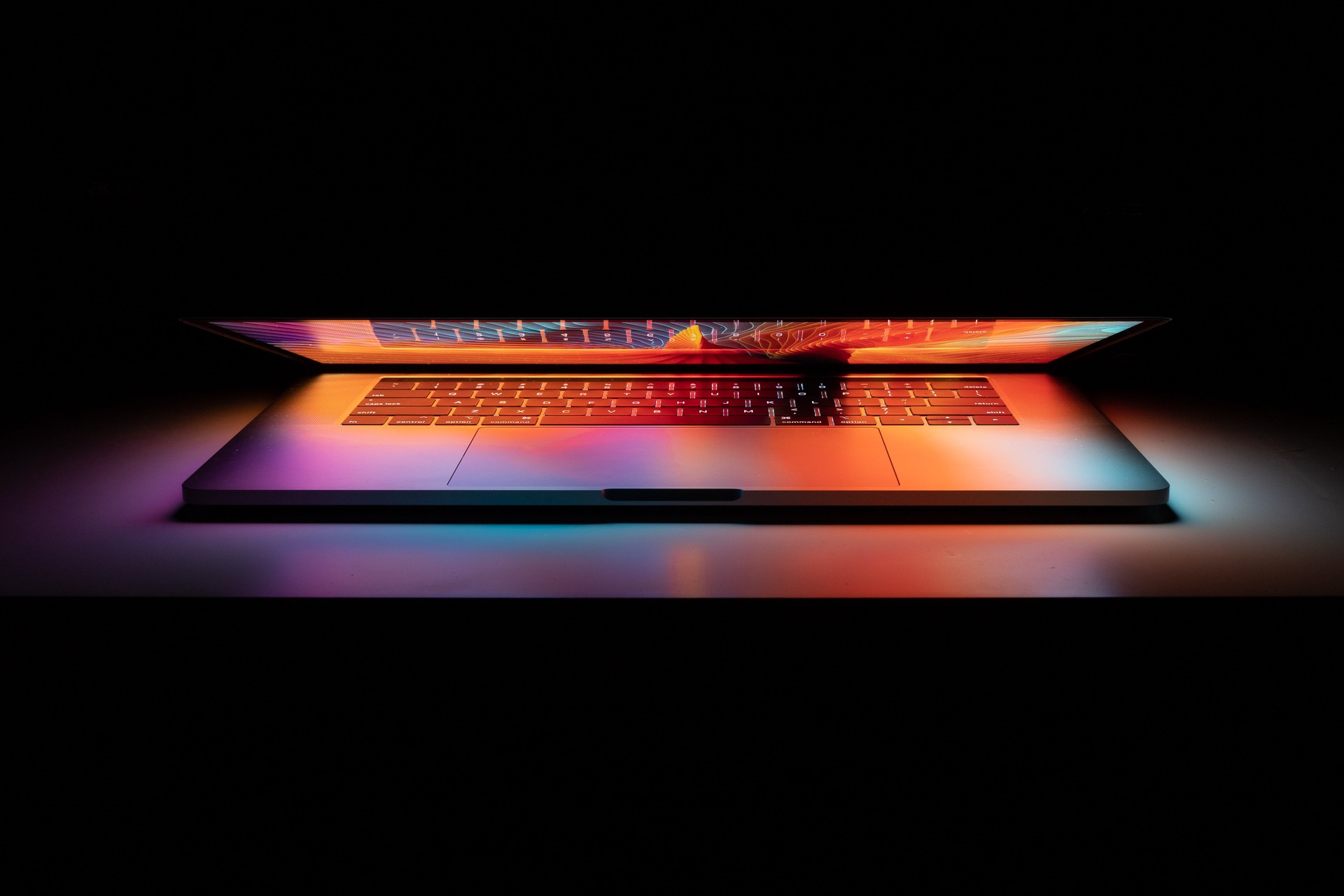Google Images has been around for almost two decades now, and it’s safe to assume that everyone has used it more times than they can count. It’s an invaluable tool that has optimized the way we search for anything and everything image-related. Google image recognition is a part of that process, and it works by streamlining search results.
When you search for something, there’s a whole network of operations ensuring you get what you’re looking for. The way this system operates can get complicated, so it’s essential to understand this concept by first knowing what image recognition itself is.
What Is Image Recognition?
Image recognition is a network’s ability to identify pictures. This definition is over-simplified, but at its core, image recognition does what the phrase implies — recognizes and identifies photos. This technology uses machine learning (ML) and artificial intelligence (AI) to do so.
AI is the knowledge base that computers or digital platforms possess. AI technology is often independent of human instruction, working on its own to solve problems. ML is a subset of AI and involves machines using algorithms to learn concepts with little to no human guidance. A device can learn on its own and gather the data it needs to complete processes and requests.
Because Google’s image recognition technology incorporates AI and ML, this process happens autonomously. When you search for “dog” in Google, the image recognition process happens instantly. Similarly, Google Images updates automatically as new images get posted or taken down across the internet.
How Does It Work?
Google image recognition requires a few steps to work. From the initial stages to the final output, the internal convolution neural networks use various algorithms to break down, categorize and piece back together each image into corresponding labels. The details get more complicated from there, so a step-by-step guide can help you understand the inner workings.
First, Google’s software dissects the image into different pixels. Depending on the picture’s size and quality, some photos can have millions of pixels. When the system takes the image apart pixel by pixel, it can then analyze them in terms of color. Colors help the software determine patterns, schemes and gradients for future matching.
Next, technical engineers create labels or tags that will eventually contain the pixels. These labels are everyday terms like “flower,” “dog,” “car” and other familiar objects. Google stated that the search engine has 1100 of these labels, which narrows down search results and sorting capabilities. The ML software then learns from these classifications.
The software categorizes the images using a neural network, which mimics the human brain and its learning capacities. Google’s neural network has 60 million parameters and 650,000 neurons. The more neurons a network has, the better. This system acts as a filter and extracts the pixels from the input side and puts them into the labels on the output side.
After a system has learned the proper ways of categorization, the last step is for it to work on its own. As new or unknown images come in, it processes and sorts them accordingly. So when you search for a term like “dog,” all the photos that fall under that label will then come up through this process.
A Deeper Dive Into Image Searching
The reason Google image recognition is so important is because, without it, you wouldn’t be able to find most of the images you search for. Many photos don’t come with labels, tags or additional information that can classify them. Google’s systems take care of that aspect, so you don’t have to spend time continuously searching.
As you make your searches more detailed or intricate, Google will sort the search and match it with more and more of its labels. This ability allows you to be specific and dive deep into Google to find exactly what you’re looking for. It’s also the same technology that enables you to reverse image search — where you can input a photo to see the matching results that come up!
Recent Stories
Follow Us On
Get the latest tech stories and news in seconds!
Sign up for our newsletter below to receive updates about technology trends


